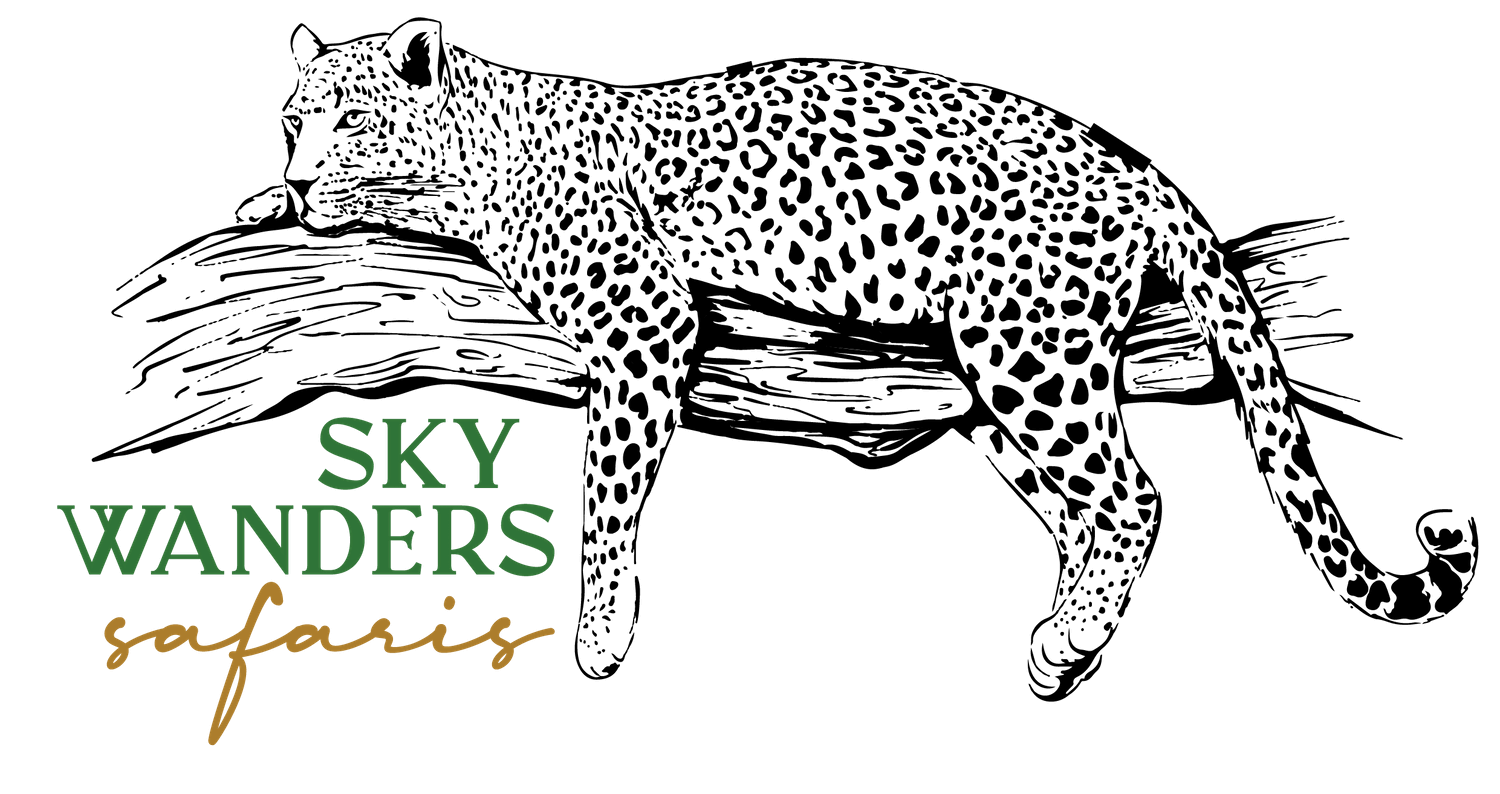ruaha National Park
Southern Destination
About Ruaha National Park
Ruaha National Park covers an impressive 20,226 square kilometers, making it Tanzania’s second-largest national park. Situated in the heart of southern Tanzania, Ruaha is famous for its spectacular scenery, including vast savannahs, rocky outcrops, and dense woodlands. The park is bisected by the Great Ruaha River, which plays a key role in supporting the park’s abundant wildlife.
The park is home to a wide variety of animals, including elephants, lions, giraffes, zebras, and a vast array of bird species. It is also one of the best places in Tanzania to see predators in action, with healthy populations of lions, leopards, cheetahs, and wild dogs.
Ruaha is also recognized for its diverse ecosystems, offering everything from riverine forests to open plains, making it an ideal location for an authentic safari.

Attractions Found in ruaha National Park
The Great Ruaha River is the lifeblood of the park and one of its most iconic features. The river attracts large concentrations of wildlife, particularly during the dry season when animals gather at the waterhole. Visitors often see elephants, buffaloes, and various predators near the riverbanks.
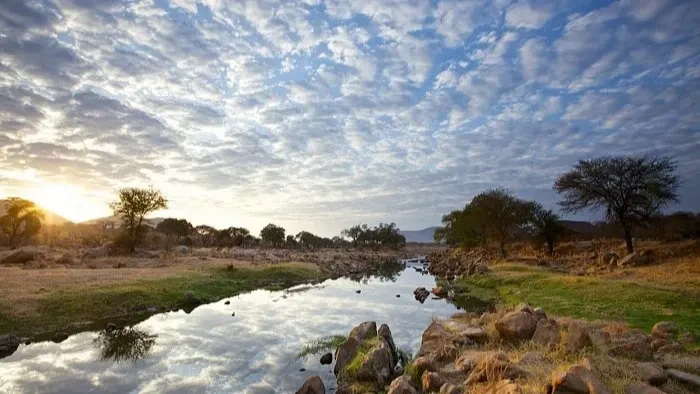
Ruaha is renowned for its vast elephant herds. The park is one of the best places in Africa to see large groups of elephants, particularly during the dry season when they converge around the river and waterholes. The sight of these majestic animals moving through the park’s landscapes is a highlight of any safari.

Ruaha is one of the best parks in Tanzania to witness predator behavior. Lions, leopards, and cheetahs are common in the park, and with luck, visitors can see them hunting and interacting with their prey. The park is also home to the African wild dog, an elusive and endangered species.
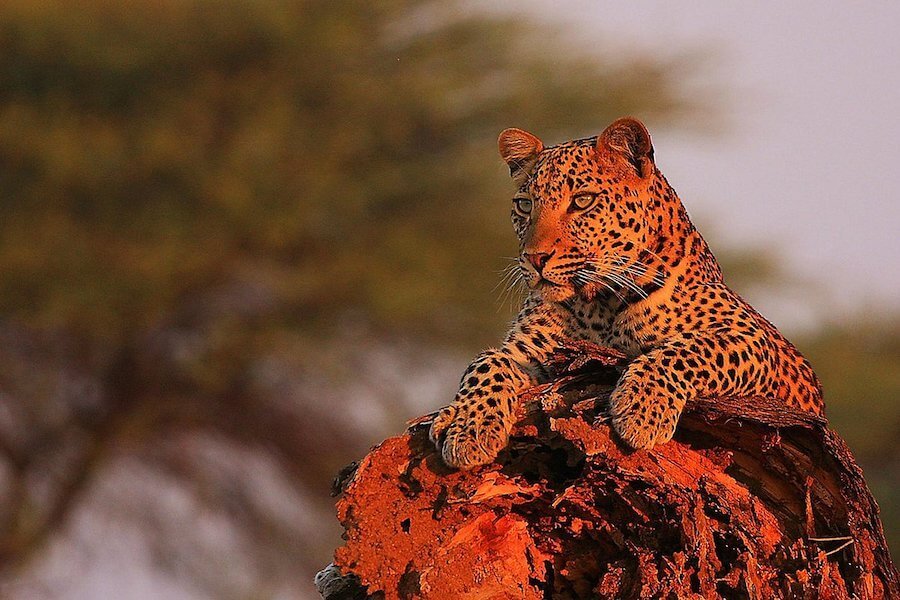
With over 570 species of birds, Ruaha is a haven for birdwatchers. The park is home to numerous waterbirds along the Great Ruaha River, as well as a variety of raptors, including the martial eagle and the African fish eagle. The dry woodlands also provide habitats for unique species like the yellow-collared lovebird and the lilac-breasted roller.
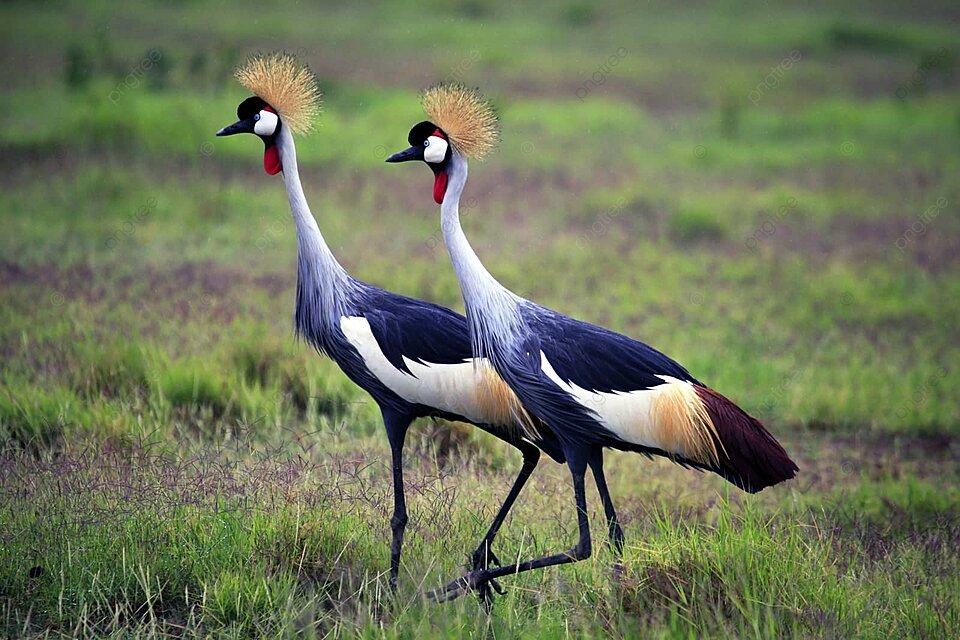
The park features striking landscapes, including rocky hills and unique baobab trees, adding a sense of rugged beauty to your safari. The Ruins of Isimila, an archaeological site with ancient tools and artifacts, is also worth exploring if you’re interested in the history of the region.
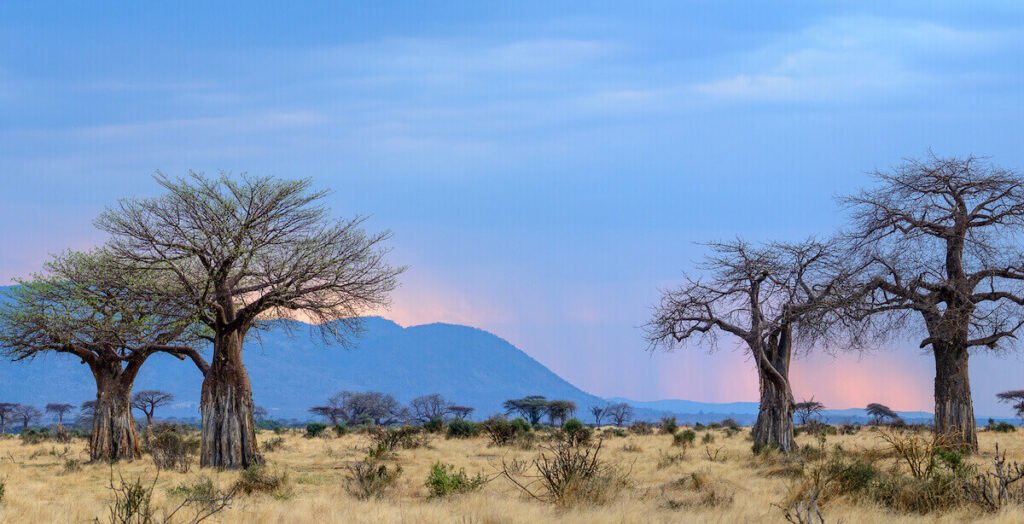
Activities to Do in Ruaha National Park
Game Drives:
Game drives are the highlight of any safari in Ruaha National Park. With expert guides and open safari vehicles, you’ll explore the park's stunning landscapes and encounter the wide variety of wildlife that call Ruaha home. The park is less crowded than other major parks in Tanzania, providing a more private and intimate game drive experience.
Walking Safaris
For those looking for a more personal and immersive safari experience, walking safaris are available in Ruaha. Led by professional armed rangers, these walks provide the opportunity to explore the park’s flora and fauna on foot, giving you a deeper understanding of the ecosystem and the chance to track animals up close.
Bird Watching:
As one of the best birding destinations in Tanzania, Ruaha National Park is perfect for avid birdwatchers. With over 570 species to discover, you can spot a range of birds including hornbills, starlings, eagles, and the rare African skimmer. Birdwatching is particularly rewarding along the river and during the wet season.
Cultural Tours:
Experience the rich culture of the local communities around Ruaha. Visit the nearby villages of the Hehe people to learn about their traditions, lifestyle, and way of life. This cultural exchange provides a deeper connection to the region’s history and people.
Night Drives
Some lodges and camps in Ruaha offer night game drives, where you can spot nocturnal animals like leopards, hyenas, owls, and civets. The night safari experience gives you a unique opportunity to see how the park’s wildlife behaves after dark.
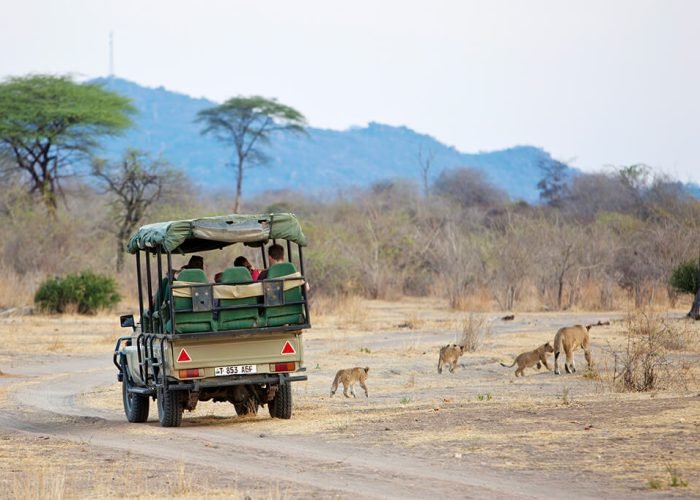
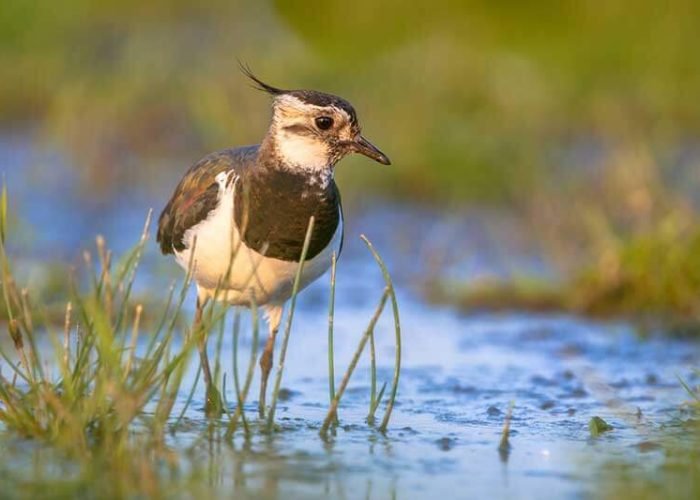

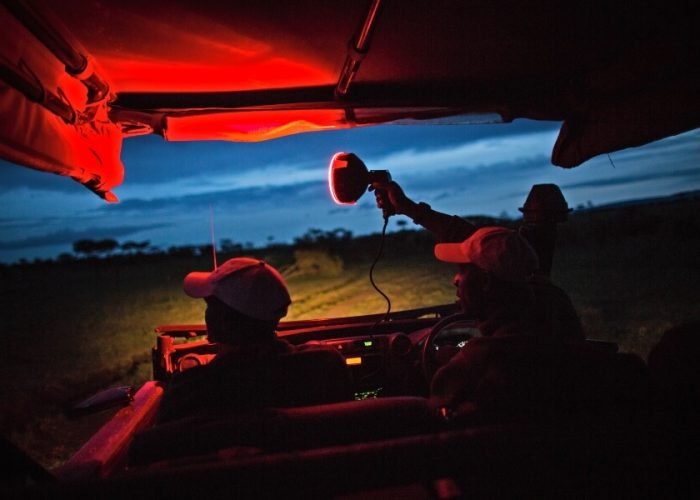
Weather and Climate in Ruaha National Park
Ruaha National Park has a tropical climate, with distinct wet and dry seasons. The park’s weather conditions largely influence wildlife behavior, especially in terms of animal movements and availability of water sources.
- Dry Season (May to October): The dry season is the best time to visit Ruaha National Park. During this period, wildlife congregates around the Great Ruaha River and other water sources, making game viewing more rewarding. The weather is generally sunny and warm, with daytime temperatures ranging from 25°C to 30°C (77°F to 86°F). This is also the best time for predator sightings, as animals are more active and visible.
- Wet Season (November to April): The wet season, especially from March to May, brings heavy rains and lush green landscapes. While game viewing can be more challenging due to thicker vegetation, the wet season is an excellent time for birdwatching and witnessing the park’s ecosystems thrive. The temperatures during the wet season are warm, ranging from 20°C to 30°C (68°F to 86°F).
How to Get to Ruaha National Park
- By Air: The easiest way to reach Ruaha National Park is by flying into one of its airstrips, such as the Ruaha Airstrip or Msembe Airstrip. Charter flights are available from Dar es Salaam, Zanzibar, and other major Tanzanian cities. These flights provide quick access to the park and a scenic aerial view of the landscapes.
- By Road: Ruaha National Park is accessible by road from Dar es Salaam, which is approximately a 10-hour drive. The journey is best undertaken in a 4×4 vehicle, as the roads can be rough and uneven. For a more comfortable and seamless experience, many travelers choose to book a guided safari package with transfers included.
- Safari Tours: Sky Wanders Safaris offers comprehensive safari packages to Ruaha National Park, including both air and road transfers. Our expert guides ensure that your journey is smooth and comfortable, allowing you to focus on enjoying the incredible wildlife and stunning landscapes.
